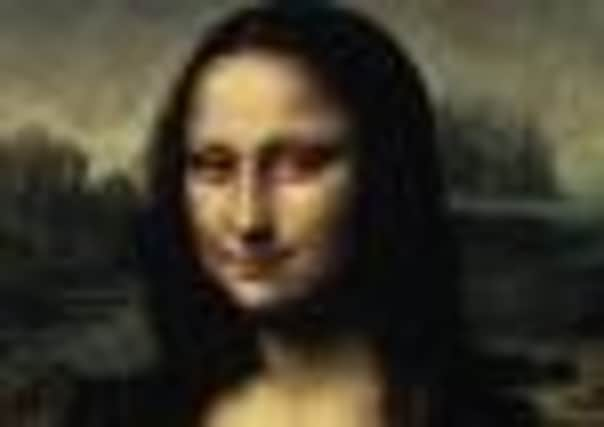Art attack


In one of the more bizarre recent acts of art vandalism, a woman in the US has been accused of using her buttocks to cause $10,000 worth of damage to a painting by the artist Clyfford Still. She attacked the $30 million painting with her fists before turning around and rubbing her rear on the art work. Although this act of vandalism was decidedly odd, defacement is a recurring part of art culture.
Some paintings, such as the Mona Lisa, have been subject to repeated aggression, variously assailed with acid, rocks, paint, and even a mug purchased from the Louvre’s own gift shop. Nor is that the only work by Leonardo Da Vinci to have been victimised: in 1987 a man entered the National Gallery in London with a sawn-off shotgun and tried to blast The Virgin and Child with St Anne and St John the Baptist. Both works are now under bullet-proof glass.
Advertisement
Hide AdAdvertisement
Hide AdThe harbour statue of The Little Mermaid in Copenhagen has been defaced by vandals – blown-up with explosives, covered in paint and repeatedly decapitated. In 1998 the head was again removed and later anonymously handed in to a TV station, leading to a discussion on whether the statue should be moved further out to sea for its own safety.
Art is often hi-jacked for political purposes. In 1914 Mary Richardson, a militant suffragette, slashed Diego Velázquez’s painting, The Rokeby Venus, with a meat cleaver. “I have tried to destroy the picture of the most beautiful woman in mythological history as a protest against the Government,” she said afterwards, later adding that she objected to the way men “gaped at it all day long”.
The most prolific serial vandal, Hans-Joachim Bohlmann, who suffered from an acute psychological disorder, damaged artworks valued at more than 138 million euros over a 29-year criminal career.
Artists are sometimes self-destructive. In 1908 Claude Monet, deciding he was dissatisfied with his work before a show, obliterated an entire exhibition with a palette knife. The Swiss artist Jean Tinguely used annihilation as part of his creative process, creating scrap-heap machine sculptures which auto-destructed, allowing the public to witness the sculpture’s own demise.
The vandalism of art is a direct assault on the society from which it emerges – the high financial and cultural values make artworks a prominent target, sometimes for the most unusual attacks.